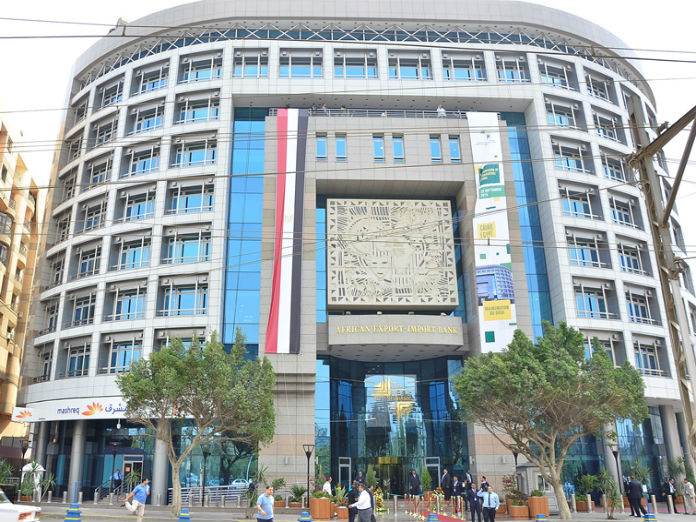Rethinking Energy Sector Reforms in a Power Hungry World- Part 1
Rethinking Power Sector Reform is a multiyear initiative to refresh the policy debate in the power sector by presenting a comprehensive picture of the reform experiences in developing countries since the 1990s.
Reflecting on these findings and how recent technological trends are disrupting the sector and sparking the need for new strategies, the report points to major policy implications for the future.
Every country aspires to provide reliable, affordable, and sustainable electricity to its citizens. Yet during the past 25 years, some countries made huge strides, while others saw little progress. What accounts for this difference?
A new World Bank report— Rethinking Power Sector Reform in the Developing World—looks at the evidence on the ways in which developing countries have attempted to improve power sector performance and on what the outcomes have been.
Since 1990, many countries embarked on market-oriented power sector reforms that ranged from establishing independent regulators and privatizing parts of the power industry, to restructuring utilities and introducing competition. Each of these reforms has a story to tell.
Regulation: Regulation proved to be the most popular of the reforms, with about 70 percent of developing countries creating quasi-independent regulatory entities to oversee the task of setting prices and monitoring the quality of service. Although many countries enacted solid legal frameworks, the practice of regulation continues to lag far behind. For example, while almost all countries give the regulators legal authority on the critical issue of determining tariffs, this authority is routinely overruled by the governments in one out of three countries. While three out of four countries have adopted suitable regulations for quality-of-service, these regulations are only enforced in half of the cases.
Privatization: Thanks to the widespread adoption of Independent Power Projects, the private sector has—remarkably—contributed as much as 40 percent of new generation capacity in the developing world since 1990, even in low-income countries.
However, the privatization of distribution utilities has proved much more challenging. Latin American markets drove an initial surge in the late 1990s, but there has been relatively little impetus to continue subsequently. Where distribution utilities were privatized, countries were much more likely to adhere to cost-recovery tariffs.
Many privatized utilities also operate at high levels of efficiency; and their performance is matched by the better half of the public utilities. Irrespective of ownership, more efficient utilities have adopted better governance and management practices, including: transparent financial reporting, meritocratic staff selection, and modern IT systems.
Restructuring: Most developing countries continue to operate with vertically integrated national power utilities that operate as monopolies. Only one in five countries implemented both vertical and horizontal unbundling of utilities, separating out generation from transmission and transmission from distribution and creating multiple generation and distribution utilities. Restructuring is intended primarily as a stepping stone to deeper reforms, and countries that went no further tended not to see significant impacts. Indeed, restructuring of power systems that are very small and/or poorly governed—as in the case of many Sub-Saharan African countries—can actually be counter-productive by reducing the scale of operation and increasing its complexity.
Competition: Only one in five developing countries has been able to introduce a wholesale power market during the past 25 years, in which generators are free to sell power directly to a wide range of consumers.
Most of these power markets are in Latin America and Eastern Europe. Such countries have reaped the benefits of more efficient allocation of generation resources, but they have typically needed to introduce more incentives to ensure adequate investment in new capacity. A demanding list of structural, financial, and regulatory preconditions for power markets prevents most other developing countries from following suit. Such a transition is rarely possible until power systems reach a size of around 3GW and a wholesale power turnover of around US$1 billion. For countries that are not yet ready, participating in a regional power market can bring many of the benefits of trade.
-To be continued.
from World Bank Group




